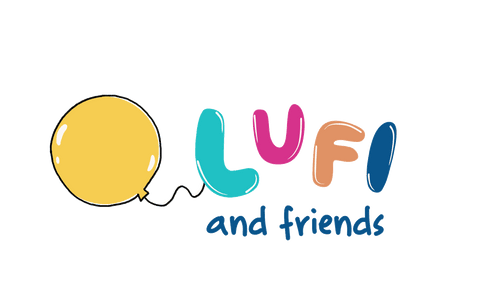5 ways to incorporate language learning into your daily routine

As a mom, one of the wishes that I have for my little ones is that they can explore the world together. I imagine them packing their bags and going on a sibling trip to explore Paris, Hanoi, Buenos Aires, and Cairo, and coming back with amazing experiences and stories to share that will have changed them and helped them grow.
While they won’t be going anywhere on their own for a while, I’m excited to start to give them a tool with which to explore the world: a second language. Studies show that learning a second language, especially at an early age, has a myriad of benefits. Bilingual kids develop their brains in a way that allows them to handle multiple tasks more successfully, score better on standardized tests, improve their overall memory, and even be better in their first language! But even more interestingly, even just simple exposure to a second language early in life is proven to help children develop empathy!
But, how do you help your kids experience all of these benefits?
Here are 5 easy ways you can expose your little one to a second language in a meaningful way, even if you aren’t bilingual yourself! Please share any tips and tricks that you've found below!
Have a daily dance party! Music is super sticky and helps kids and adults pick up sounds and words. Think Despacito or one of your other favorites. Even if you didn’t know any Spanish before, I’d bet you picked up a couple of words singing along ;) We try to schedule a nightly dance party with our kiddos and play some Spanish tunes that we all like. It helps get some energy out before bedtime and we find that we often sing along and our toddler is starting to repeat some of the words, too.
Cook up a storm! Cooking is a fun way to expose kids to a new culture. And the more interested they become in different cultures, the more motivated they’ll be to learn the language. As a non-native Spanish speaker, I’ve created a little kitchen cheat sheet so that when we cook together, we can cook “in Spanish.” My cheat sheet lists the most common kitchen ingredients and tools (measuring spoons, bowls, cups, etc). Besides for having that be a designated “second language” time, it is a great way to help kids learn to count in a second language. As they become older, I’m hoping they’ll be able to help me find recipes in our second language. Full disclosure: our cooking is mostly just play measuring, pouring and mixing since our little guy is 2 years old, but we still get to use a bunch of new words.
Bilingual Storytime Commit to at least one book in the desired language during the bedtime routine. If you don’t speak the second language, many books have read-alongs on YouTube and there are even books that integrate audio through the book or app. If you can make time for one book before the school and work day starts, that’s awesome too. It only takes a few minutes. But a few minutes of extra exposure each day adds up! (One story each morning is an extra 30 hours of language time per year!!) And if you’re not feeling it at home, many libraries are offering bilingual storytimes which is a great way to get out and meet other like-minded parents.
Sing in the shower! We “schedule” certain songs for certain times of the day. That way it becomes easy and we don’t have to think twice about it! Bath time is also time for Head, Shoulders, Knees and Toes in Spanish (We switch knees for piernas because it’s easier for me to pronounce, lol). And when we pull out our animal towels, we sing animal songs (Un elefante se balanceaba for the elephant towel and Cinco monitos saltando en la cama for our monkey towel). The repetition is awesome for little ones because they start to remember the words. As an adult, especially one that wasn’t raised with these songs, repeating the same one everyday makes it easier for me to learn them too!
Play! We know how important play is for kids so try to play a few of your favorite games in Spanish. Use Twister to learn the words for different colors, Simon Says to learn the words for body parts. Whatever your favorite is, just make a little cheat sheet to play that game in another language. After a few tries, it will be second nature.
